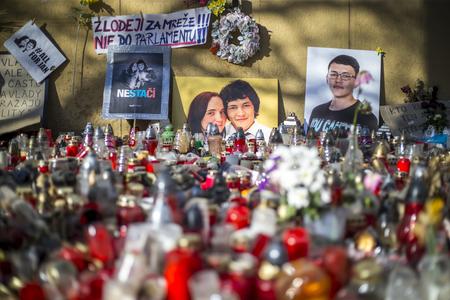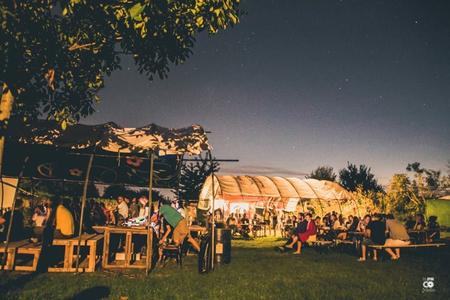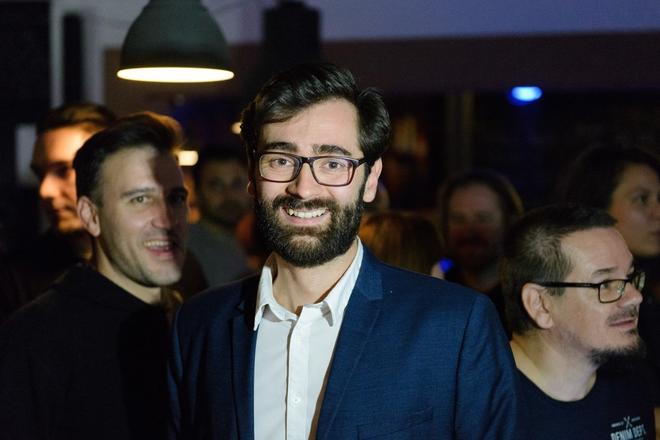In this story, you can read more about:
- How young mayors of big Slovak cities see their role in "big politics"
- What the Trnava mayor advised his colleague from Nitra
- How young mayors want to change their cities
On December 11, 2018, Marek Hattas put on his tie and went to have lunch with the president of the republic. It was mid-December, one week after the 31-year-old activist-turned-mayor took over the top post in the city of Nitra.
“I felt fine, it was a very pleasant, informal lunch, even though all those protocol-related things were involved,” Hattas told The Slovak Spectator on his way from the lunch, where he met not just President Andrej Kiska but also the mayors of the other seven regional capitals elected in the November 2018 municipal elections.
Hattas is part of the change brought about by the election results in big cities around Slovakia at the end of 2018, which started with the murder of a journalist and his fiancée. The result was a wave of massive protests around the country, bringing down the government of Robert Fico and calling for decency in politics and public life in general.

Fico’s still-ruling Smer did not have its candidate elected for mayor in any of the eight regional capitals. The independent candidates who won in Bratislava, Nitra, and Trnava are seen as symbols of change in Slovakia. They are a generation of 30-year-olds who became the faces of grassroots movements in their cities. They went from activists to mayors in an attempt to introduce a new way of doing politics at the municipal level.
As Slovakia prepares for presidential elections in March 2019 and parliamentary elections expected to take place one year later, the question many are asking is if the change will spill over onto the higher levels of politics.
Born from grassroots
The Slovak Spectator reporters first met Marek Hattas in the summer of 2017, at the Hidepark community centre he founded with like-minded activists a few years before. He is a tall young man, with a serious look in the eyes behind glasses that dominate his slim face along with a dark beard. He quietly and patiently explained how they built the community garden and organised concerts and other open-air events among the greenery near the Nitra River.

That was the image he carried through his mayoral campaign, in which, much like Matúš Vallo in Bratislava, he stressed that the bid was not just his, but of the team behind him.
Hattas sees himself as one of the politicians who came from communities, from the grassroots, and realised that “politics influences our lives and unless one enters them, politics will be ruled by the people who are there now and who are unacceptable”.
The image of the activist-turned-mayor is not a rare sight in Slovakia’s municipal politics anymore, with people like Hattas and Vallo taking over the biggest municipalities in the country. But that was not the case back in 2014, when Peter Bročka ran for the mayoral post in the western-Slovak regional capital of Trnava.
Getting in tune with the post
Back then, Bročka was around the same age as Hattas is now, and he beat his competitors (who were backed by well-established parties) with a campaign that ran mostly on social media and in direct contact with voters in the city.
In his four years in office, the Trnava mayor, in his hats, checkered tailor-made suits, and rich beard with a carefully trimmed and waxed moustache, seemed to pave the way for people who are outliers in the world of Slovak politics at all levels – the world of middle-aged men in grey suits and conservative hairstyles.



 Marek Hattas on the election night (source: TASR)
Marek Hattas on the election night (source: TASR)